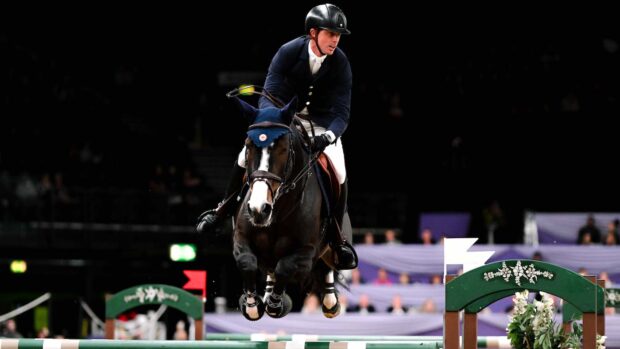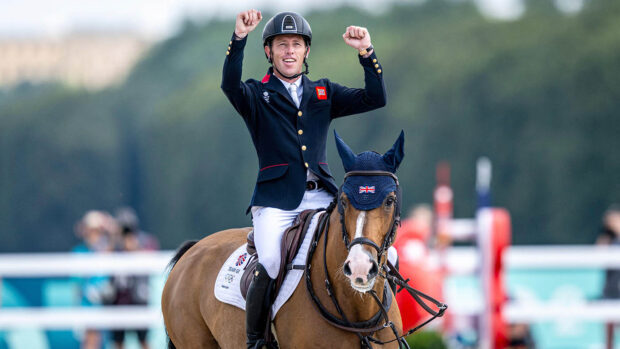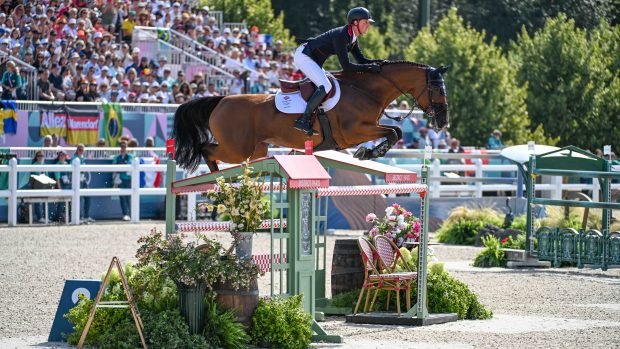There is no better man to watch against the clock than Ben Maher. Time and again he shaves seconds off his opponents’ times with rounds that look smooth, unflustered and calculating.
He shares some valuable tips to help you stop the clock ahead of the rest of the field.
1. It is much safer to take a risk at the end of the course. Go too fast early on, or take a stride out, and you risk upsetting the apple cart for the rest of the round.
2. A plan of the jump-off course should be available before the first round. If you are serious about winning, it pays to walk the lines you plan to take. Sometimes a new fence may be added, but most of the time you can get a good feel for the course.
3. If you are competing at a show that lasts several days, consider your jump-off tactics. Going flat out in the first class is counter-productive — you need to conserve energy and jump for the big competition on the final day.
4. A late draw in a jump-off will allow you to watch a few riders go first, but only pay attention to those riding horses that have a similar way of going to your own.
5. Training for jump-offs should focus on establishing control, balance and confidence. All three are linked — if you’re missing one it will have a knock-on effect on the other two.
6. To win a jump-off you need to ride the shortest possible lines. The course will usually include several places to cut corners, possibly with the option of turning inside a fence that you would ordinarily go round.
7. I usually aim for three straight strides in front of a fence. Sometimes it is possible to get away with fewer, but this is risky. It is far better to save time after a fence than immediately before it.
8. Save valuable seconds by taking one less stride between two fences on a related distance. This is only an option if you have six strides or more to play with — fewer than this and there is little room for safe adjustment.
9. It can help to count the strides between fences out loud, as this focuses the mind on keeping an even rhythm.
10. There are two basic rules about turning against the clock — stick to your line and go with the first stride you see. Both depend on looking early.
Find out which exercises Ben uses when training at home to improve jump-off techniques in Horse & Hound magazine (24 January 2013)



